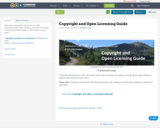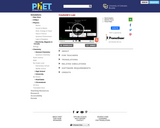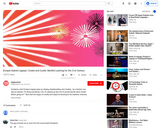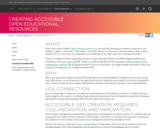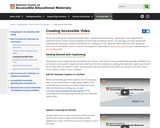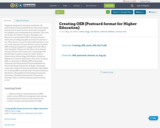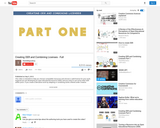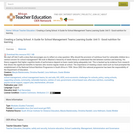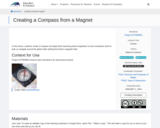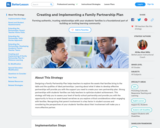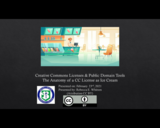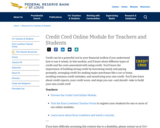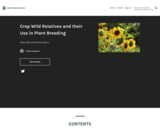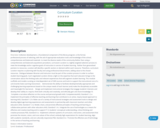Originally designed by Alexander
Schnücker für Arbeitsstelle Hochschuldidaktik der Universität Siegen, these postcard-sized resources have been translated into English, and contextualised for Australia.
The cards are broken into Theory, Practice, Examples, and Resources, and introduce OER to new practitioners whilst also providing examples and tools for anyone to use.
This resource is used to raise staff awareness, to act as a 'ready reference' for practitioners, and as an aid for OER workshops designed to engage staff with OER in their discipline.
Please note that this record contains the final version of the cards, and a .zip package with editable files to make it easier for remix.
Authors: Tamara Heck, Adrian Stagg, Neil Martin, Catherine Wattiaux
CC Licence Information
This work, Creating OER, is a derivative of Making OER by Alexander Schnücker für Arbeitsstelle Hochschuldidaktik der Universität Siegen [University of Siegen, Germany], used under Creative Commons Attribution-ShareAlike 4.0.
Creating OER is licensed under Creative Commons Attribution-
ShareAlike 4.0 International License by University of Southern
Queensland, Toowoomba, Australia.
https://creativecommons.org/licenses/by-sa/4.0/
